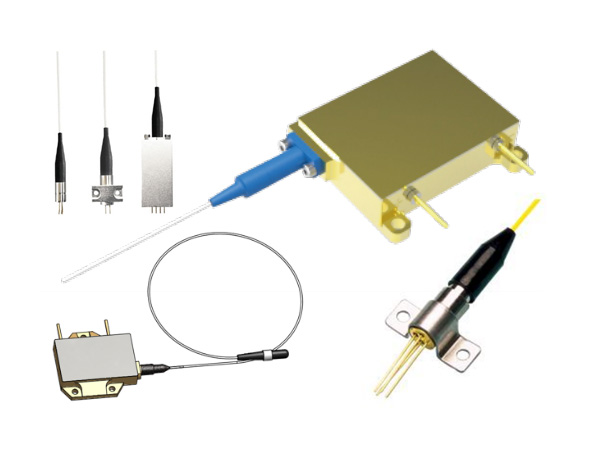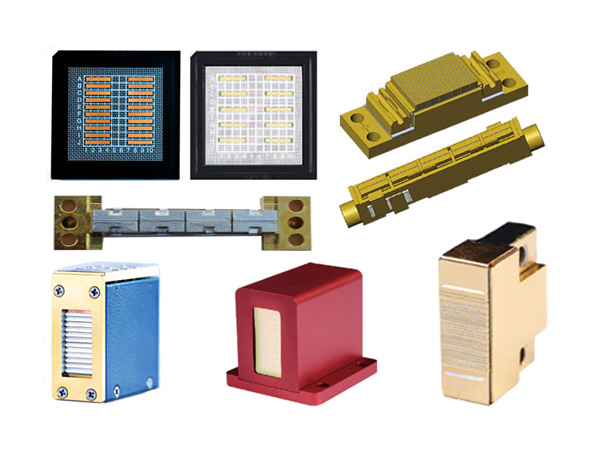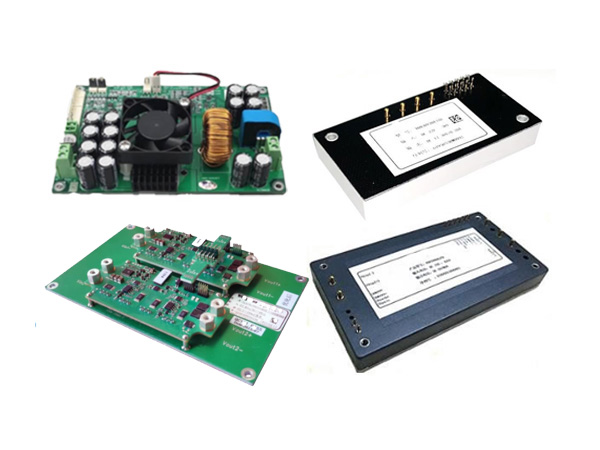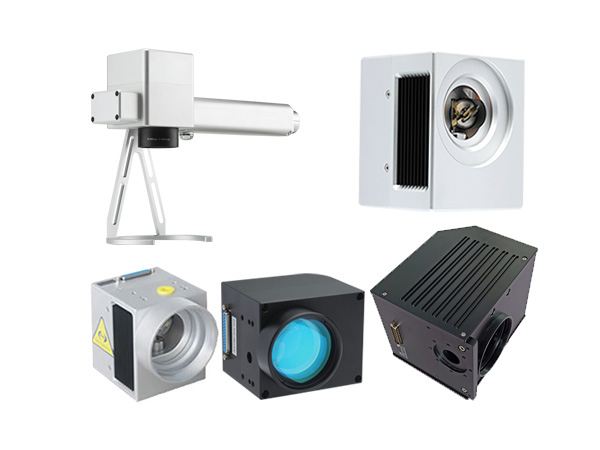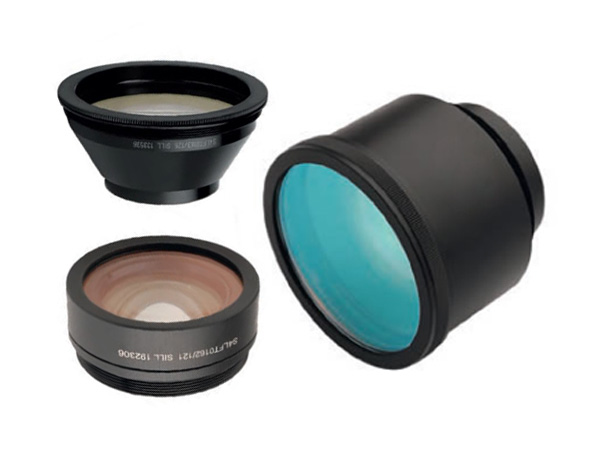Defining High-Speed Laser Cutters: 7 Engineering Standards Beyond Speed
Content:
As a key piece of equipment in modern industry, laser cutting machines are widely and efficiently used. However, new users often face a series of questions and challenges when they use them first time. This article will provide you with a detailed explanation of high-speed laser cutting machines to help you easily cope with them. In the field of metal processing, especially sheet metal processing, laser cutting machine has become an indispensable tool. With fast speed of the “quality and efficiency”of manufacturing industry , and growing of flexible processing demand , laser cutting technology continues to upgrade.“High-speed laser cutting machine” has become the industry's hot keywords among them, more and more enterprises regard it as an important tool to seize the high-end market. However, many users and even some manufacturers have a misunderstanding: as long as you change a more powerful motor or increase the operating speed, the laser cutting machine can be “transformed into a high-speed machine”. In fact, this understanding is too one-sided. But what is the definition and standard of high speed laser cutting machine? Sintec thought: the real laser cutting high-speed machine is a “whole system optimization” of the product, it’s the result of full range of synergistic optimization, machine design, transmission system, control algorithms, optical systems and process parameters , rather than a single point of parameter stacking.
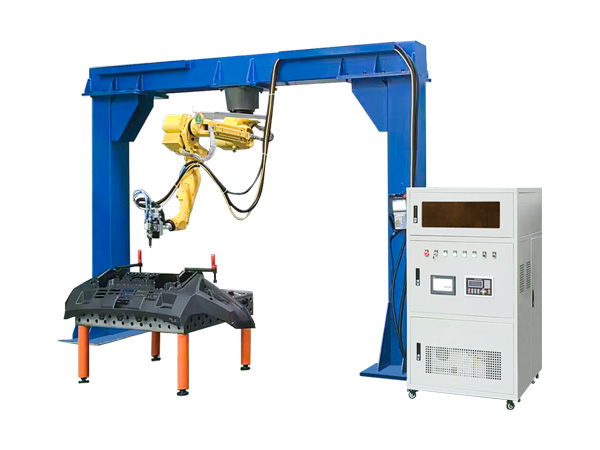
High-speed laser cutting machine ≠ Increase in speed figures only
According to technical research shows that many laser cutting machines on the market are under the banner of “high-speed”, in fact, they only replace a high-power motor or adjust the operating parameters, as for the the machine tool structure, control system, optical matching and other core aspects , they didn’t do any fundamental optimizations, it’ll casue unstability to the system easily, make fluctuations in the quality of cutting or even increase equipment loss
“The core of high-speed laser cutting is not how much motor horsepower, but whether the whole machine can ‘run fast, brake and cut accurately’.” Sintec’s engineer pointed out. High-speed laser cutting machine is a tool just needed for the upgrading of the manufacturing industry, and is irreplaceable in the field of high-efficiency processing of thin plates and cutting of complex graphics. However, blindly chasing the parameter halo, ignoring the business matching , will eventually fall victim to the capital game. The only way to fasten the “efficiency → cost recovery” logic, comprehensive consideration of their own needs and the actual situation to make a best choice. We will find real gold in the wave of intelligent manufacturing with the real needs to push down the technology selection
The "true standard" of high-speed laser cutting machines: seven dimensions constitute system engineering
According to the technical standards generally recognized by the industry, a truly high-speed laser cutting machine must have the following capabilities at the same time:
1.Structural dimensions: Applied high rigidity bed and lightweight beam structure, the bed is usually made of thick-walled steel plate welded and annealed as a whole, or integrated casting design, to ensure it’s difficult to make deformation and resonance with high-speed movement ; The crossbeam is made of aviation-grade aluminum alloy and carbon fiber, which effectively reduces motion inertia and system resonance. High-precision welding and processing technology are used to improve the stability of the entire machine, especially to maintain smooth operation during large-stroke, high-power processing.
2.Transmission system: It adopts high-performance servo motor, high-precision rack guide + bus-type driver, supports high-speed operation and precise positioning, has strong wear resistance, precise lubrication system, has an acceleration of ≥1.5G and an idle running speed of 120~200m/min, and a dual-drive synchronous structure, which effectively controls the operation stability during large-format processing.
3.CNC control: Equipped with Look-Ahead path prediction algorithm and high-speed interpolation function, it ensures continuous cutting of complex paths without setbacks, supports spline interpolation, arc optimization, etc., and the motion trajectory is smoother.
4.Optical system: The laser has a high modulation frequency and feedback closed-loop system. The small spot dynamic focusing cutting head cooperates with fast response control to achieve high-energy and high-density cutting. The gas-assisted system, position, speed, and error are accurately adjusted in real time to improve trajectory accuracy and achieve high-speed processing of details.
5.Process parameters: built-in complete material database, standard intelligent focusing, multi-stage perforation program, the system supports small circle deceleration, large surface fast cutting, automatic perforation, automatic selection of the best perforation and cutting strategy in different thicknesses and materials, coordinated adjustment of air pressure, power, and focus position to ensure stable cutting quality under different working conditions.
6.Installation environment: Before installation, a stable and solid basic platform (such as a precision concrete floor or an anti-vibration platform) is required, and professional tools such as laser interferometers and collimators are used for adjustment. The environment requires stable temperature and humidity, and no strong earthquake interference, to avoid thermal expansion or vibration affecting the processing accuracy.
7.Daily maintenance: formulate a periodic maintenance plan, conduct dynamic inspections of the lubrication system, optical components, and cooling system. It is recommended to establish equipment operation logs and maintenance records, and provide early warnings when abnormalities are found. Key parts such as sliders, belts, and lenses need to be replaced regularly. Dust management is strict, and lasers and fiber optic heads have special protection.
In the rapidly growing laser market, some companies are eager to speed up the transformation and often ignore the coordinated design of the whole machine, and only evaluate it based on a single parameter (such as "speed", "power" and "motor size"), which ultimately leads to "speeding up but not increasing efficiency" and even production risks.
Sintec recommends that when purchasing a truly high-speed laser cutting machine, we should not focus on the equipment price or promotional parameters, but should systematically evaluate multiple dimensions such as equipment performance, application matching, stability, and service guarantee. It is both a technical judgment and a systematic investment. The more emphasis is placed on "high speed", the more it is necessary to look at the overall collaborative design, control capabilities, and long-term stability. It is recommended that the company's procurement team and the process department jointly evaluate and verify proofing to avoid falling into a vicious cycle of "equipment loan---stop production---loss", and then fall into the "leek trap", and choose good equipment that truly improves efficiency, is stable, and is easy to maintain.
Procurement Strategy
Step 1: Define the boundaries of your needs. Before contacting equipment manufacturers, you need to first figure out what problem you want to solve? For example, the processing material is stainless steel, carbon steel, aluminum alloy, copper, etc., are the material type and thickness range confirmed? Is it a long-term batch, or a small batch of multiple varieties and flexible orders? Does it involve high-precision trimming and insert processing? Is chamfering or micro-hole drilling required? Does the workshop have an earthquake-resistant foundation? Are the power supply/gas source/exhaust system qualified?
Step 2: Screen equipment suppliers that meet the standards. It is recommended to screen at least 3 to 5 mainstream manufacturers with actual cases to see if there are real cases in the industry and whether the customer repurchase rate is high? Are the bed material and beam material designed to be lightweight and high-rigidity? Is it a high-frequency response laser? Does it have automatic focusing and variable spot functions? What are the actual measured running speed and cutting speed? How is the processing of small holes and special-shaped corners? Does it have high-speed algorithms such as Look-Ahead prediction, arc optimization, and small hole compensation?
Step 3: Organize on-site inspection of the machine or sample cutting. This procedure is very necessary. It is recommended to send engineers or quality control personnel to bring their own samples or drawings to proofing, observe the running track of the cutting head, corner pauses, and edge slag, focus on testing fine hole cutting, heat affected zone size, corner smoothness, cross-section verticality, and require the manufacturer to provide: cutting time, gas consumption, process parameters and slit size report.
Step 4: Compare prices and technical parameters. After sorting out the technical parameter tables of multiple manufacturers, compare key indicators such as idle speed, acceleration, repeated positioning accuracy, small hole diameter, minimum kerf width, cutting head focusing range, control system interpolation cycle, etc. Note: Some parameters are only reachable under no-load conditions and do not represent the true performance of loaded processing. You must look at the actual proofing performance.
Step 5: After-sales service and delivery guarantee. High-speed equipment has a low fault tolerance rate and high requirements for the service system. Before signing the contract, it is necessary to confirm whether training support is provided: operator + process parameter adjustment + maintenance personnel training, whether there is remote diagnosis or on-site service, how long is the warranty period for the host and laser? Whether the replacement cycle of wearing parts and the procurement channel are clear, how long is the installation and debugging cycle? Are calibration equipment provided? Does it include online guidance?
Behind the high-speed trend: a more efficient manufacturing ecosystem
The emergence of high-speed laser cutting machines has brought new efficiency improvement space to industries such as sheet metal processing, automotive parts manufacturing, new energy structural parts, and kitchen appliances. According to statistics, an optimized high-speed laser cutting machine can improve efficiency by 30% to 50% in tasks with complex graphics and dense small holes, with more stable edge quality, and is widely adapted to small-batch, multi-variable, and customized industrial needs.
Conclusion: Cognitive advancement from "acceleration" to "quality improvement"
High-speed laser cutting machines cannot be achieved by simply piling up motor power or increasing the running speed, nor should they be marketing slogans. Instead, they should be based on system engineering. They are the product of a high degree of integration of structure, control, optics and technology, reflecting the unity of "speed, stability and precision". Only when the unity of "running fast" and "cutting accurately" and "cutting steadily" is achieved can it be truly called a high-speed machine. At the moment when manufacturing is intelligent and automated, the high-speed development of laser cutting equipment is not only a leap in mechanical capabilities, but also a reflection of the overall quality of the manufacturing system. If you are considering purchasing a high-speed laser cutting machine, it is recommended to give priority to the overall structural design of the equipment, the configuration of the CNC system and the coordination ability of the optical cutting head to avoid falling into the "parameter trap" and make a rational choice. For more further information, pls click here.
 English
English Français
Français Deutsch
Deutsch euskara
euskara Русский язык
Русский язык Italiano
Italiano Português
Português Nederlands
Nederlands Polski
Polski Greek
Greek Lietuva
Lietuva Türkçe
Türkçe 日本語
日本語 한어
한어 中文
中文 தாமில்
தாமில் فارسی
فارسی हिंदी
हिंदी Tiếng Việt
Tiếng Việt ภาษาไทย
ภาษาไทย Pilipino
Pilipino Indonesia
Indonesia தாமில்
தாமில்
